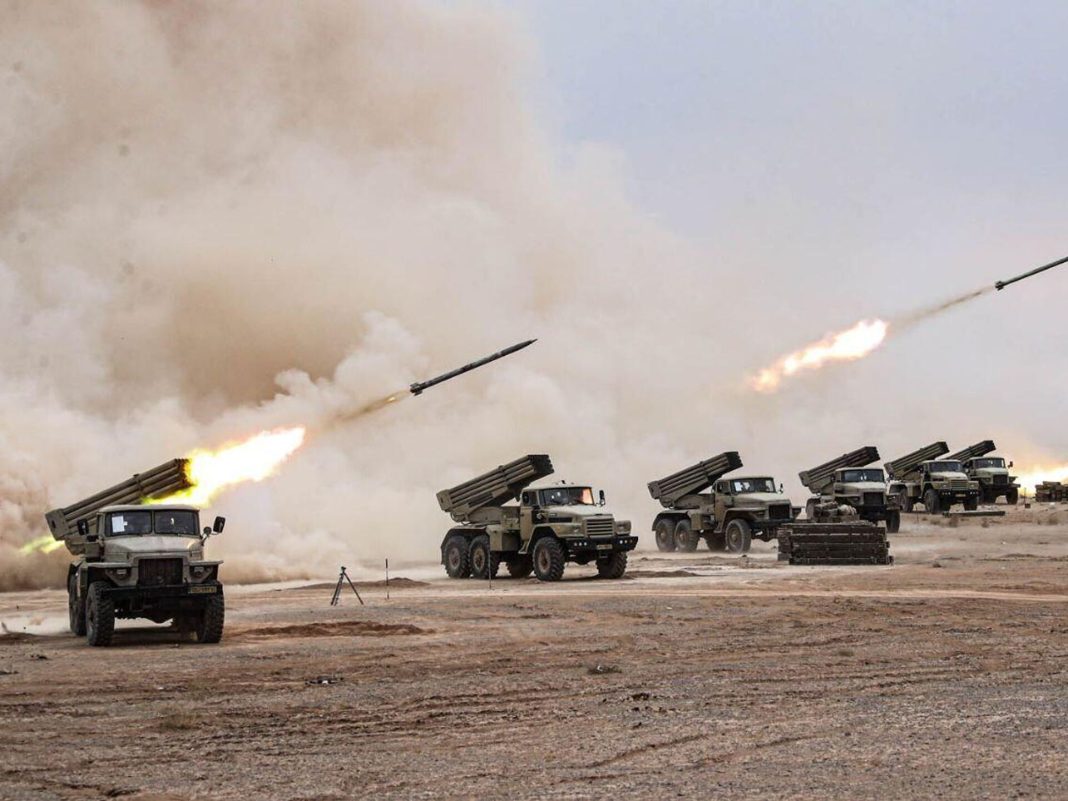 Title: Iranian President Raisi’s Helicopter Crash Raises Concerns Amidst Regional Tensions
Title: Iranian President Raisi’s Helicopter Crash Raises Concerns Amidst Regional Tensions
Introduction:
The recent helicopter crash involving Iranian President Ebrahim Raisi has sparked concerns and raised questions about the stability of the Iranian government. With the country engaged in an ongoing conflict with Israel, internal protests, and economic challenges, this incident adds to the already tense situation. This article explores the details of the crash, the potential implications for Iran, and the broader region.
The Helicopter Crash and Search Efforts:
Rescuers discovered the wreckage of the helicopter carrying President Raisi and other officials in the mountainous northwest region of Iran. The helicopter had been missing for over 12 hours before it was located. Although there were conflicting reports regarding the exact location of the crash, Turkish authorities released drone footage showing a fire in a wilderness area near the Azerbaijani border.
The Significance of the Incident:
President Raisi’s helicopter crash comes at a critical time for Iran. The country recently launched a drone-and-missile attack on Israel, and its uranium enrichment activities have raised concerns about its nuclear ambitions. Additionally, Iran has been grappling with widespread protests against its theocratic regime due to economic hardships and limited women’s rights. The timing of this incident amplifies the sensitivity surrounding Tehran’s future and the potential impact on regional dynamics.
Public Reaction and Prayers for President Raisi:
Hard-liners in Iran urged the public to pray for President Raisi’s well-being. State TV aired images of hundreds of individuals praying at significant religious sites across the country, expressing their hopes for his safe return. The devotion displayed by Iranians reflects their concerns about the stability of their nation and their attachment to their leader.
Search Challenges and Government Continuity:
Rescue efforts faced significant challenges due to adverse weather conditions, including heavy rain and fog. Despite these difficulties, Turkish authorities deployed unmanned aerial vehicles and prepared to send helicopters with night vision capabilities to aid in the search. Meanwhile, Iranian government officials emphasized that the business of governance would continue, with Vice President Mohammad Mokhber assuming temporary responsibilities in President Raisi’s absence.
Implications for Iran’s Future:
President Raisi’s crash raises questions about the country’s political stability and succession plans. As a hard-liner and protégé of Supreme Leader Ayatollah Ali Khamenei, there have been speculations about Raisi potentially replacing the aging leader. Should the worst happen, Iran’s constitution dictates that the vice president assumes power temporarily, leading to a new presidential election within 50 days. The outcome of this election could significantly impact Iran’s domestic and foreign policies.
Iran’s Domestic Challenges and International Relations:
The crash incident occurs in the backdrop of ongoing mass protests against Iran’s government. The death of Mahsa Amini, detained for not wearing a hijab, triggered a months-long security crackdown that resulted in hundreds of deaths and thousands of detentions. Additionally, Iran’s involvement in conflicts throughout the Middle East, including arming proxy groups and supporting Russia’s actions in Ukraine, has further strained its international relations.
International Response and Limited Information:
President Joe Biden has been briefed on the incident, but official statements from the U.S. government have relied primarily on information provided by Iranian state media. The limited access to accurate information highlights the challenges faced by external actors in understanding the situation in Iran.
Conclusion:
The helicopter crash involving President Raisi and other officials adds another layer of complexity to Iran’s already volatile political landscape. Against the backdrop of regional tensions, economic challenges, and mass protests, this incident raises concerns about the country’s stability and future direction. As Iran navigates through this crisis, the international community watches closely, aware of the potential ramifications for regional dynamics and global security.

